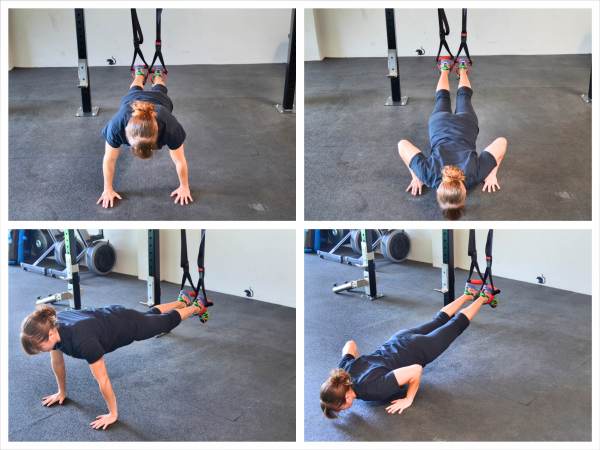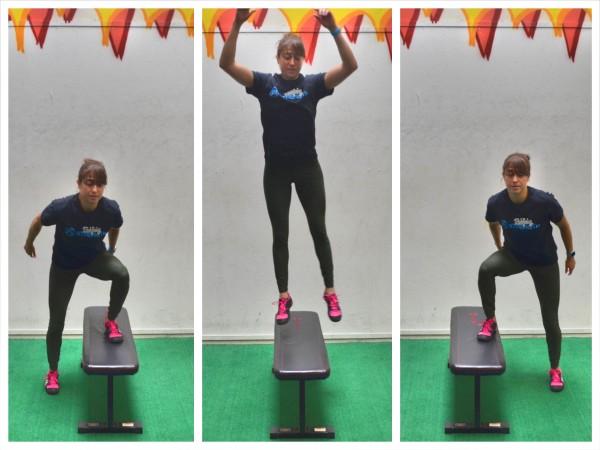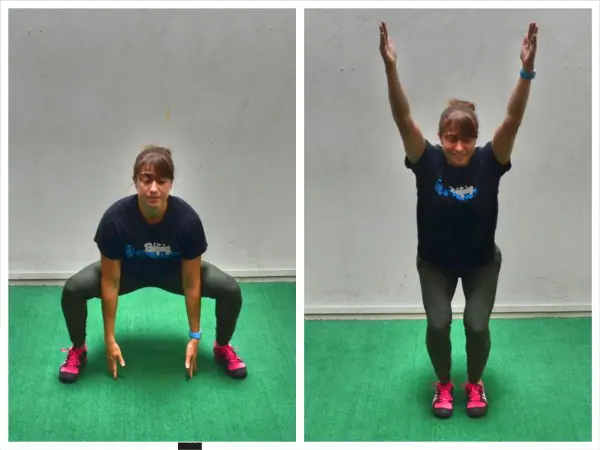
by Cori Lefkowith | Dec 6, 2013
This content is for members only

by Cori Lefkowith | Dec 6, 2013
This content is for members only

by Cori Lefkowith | Dec 6, 2013
This content is for members only

by Cori Lefkowith | Dec 5, 2013
WARM UP Stretch and Roll Out: Calves Hamstrings Quads Groin Hips/Glutes Chest Back/Lats WORKOUT Perform one round of the isometric circuit below. Hold each exercise for 30 seconds to 1 minute. Rest no more than a minute before starting circuit 2. CIRCUIT #1: Toes...

by Cori Lefkowith | Dec 5, 2013
This content is for members only






